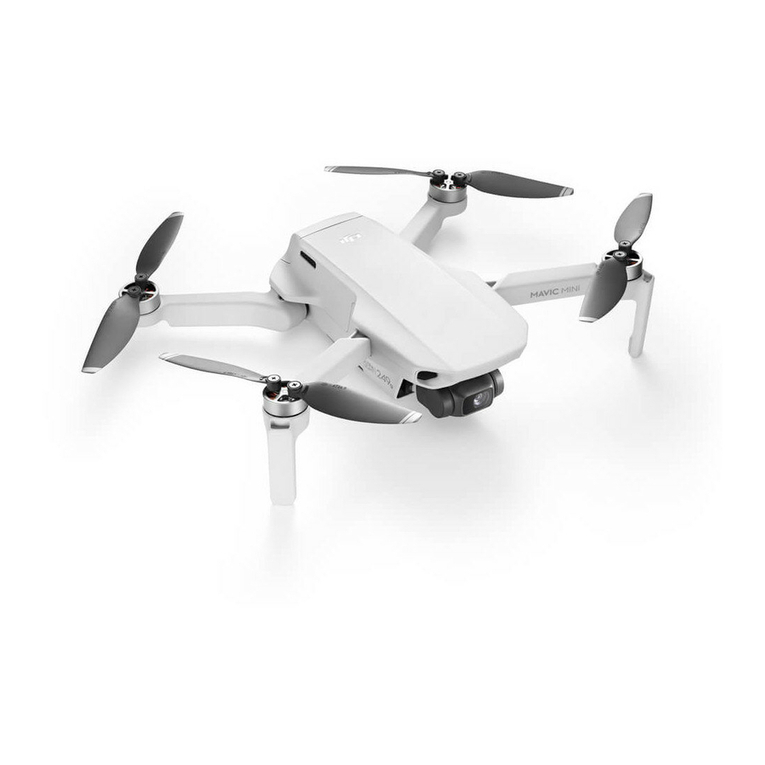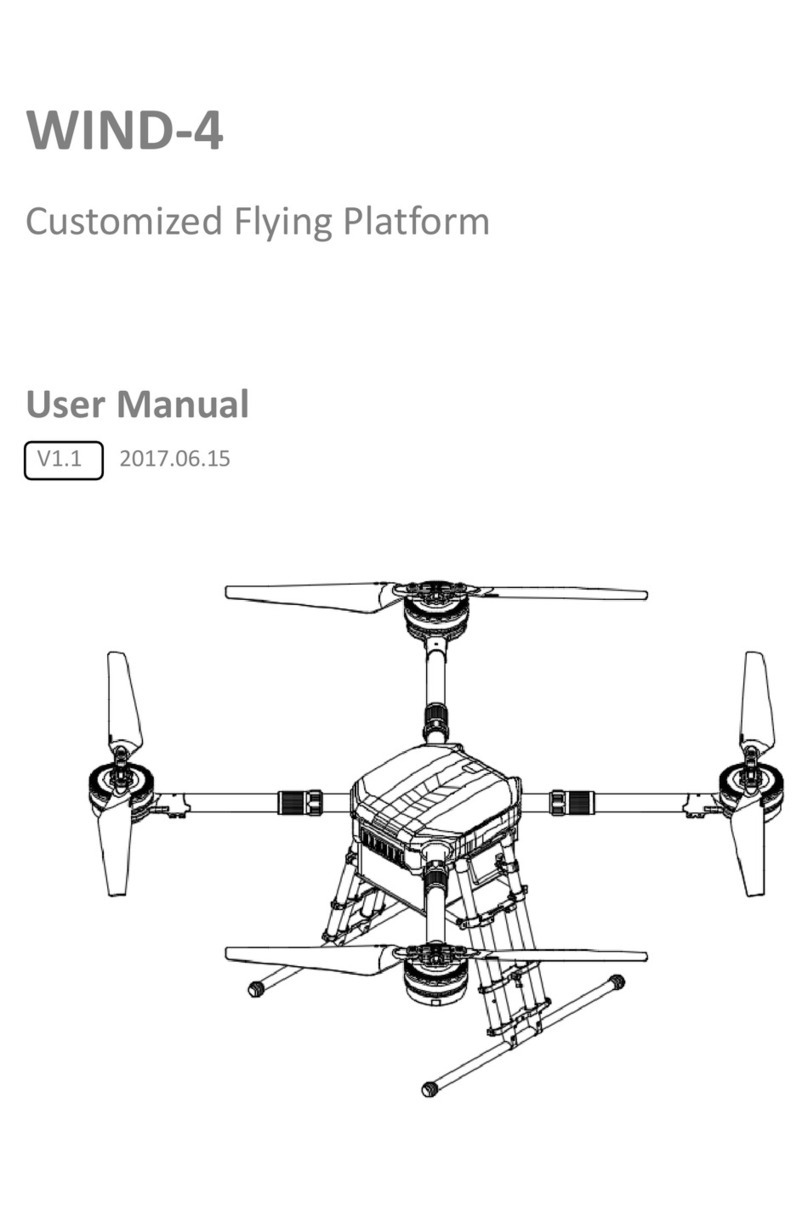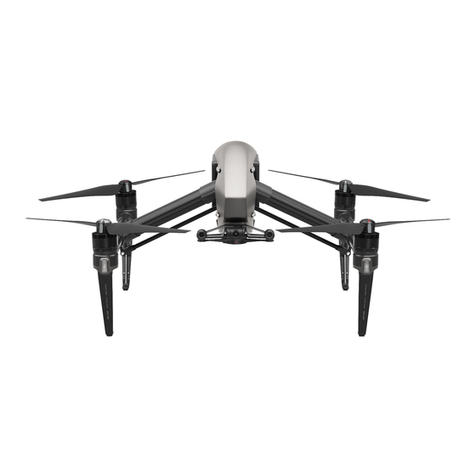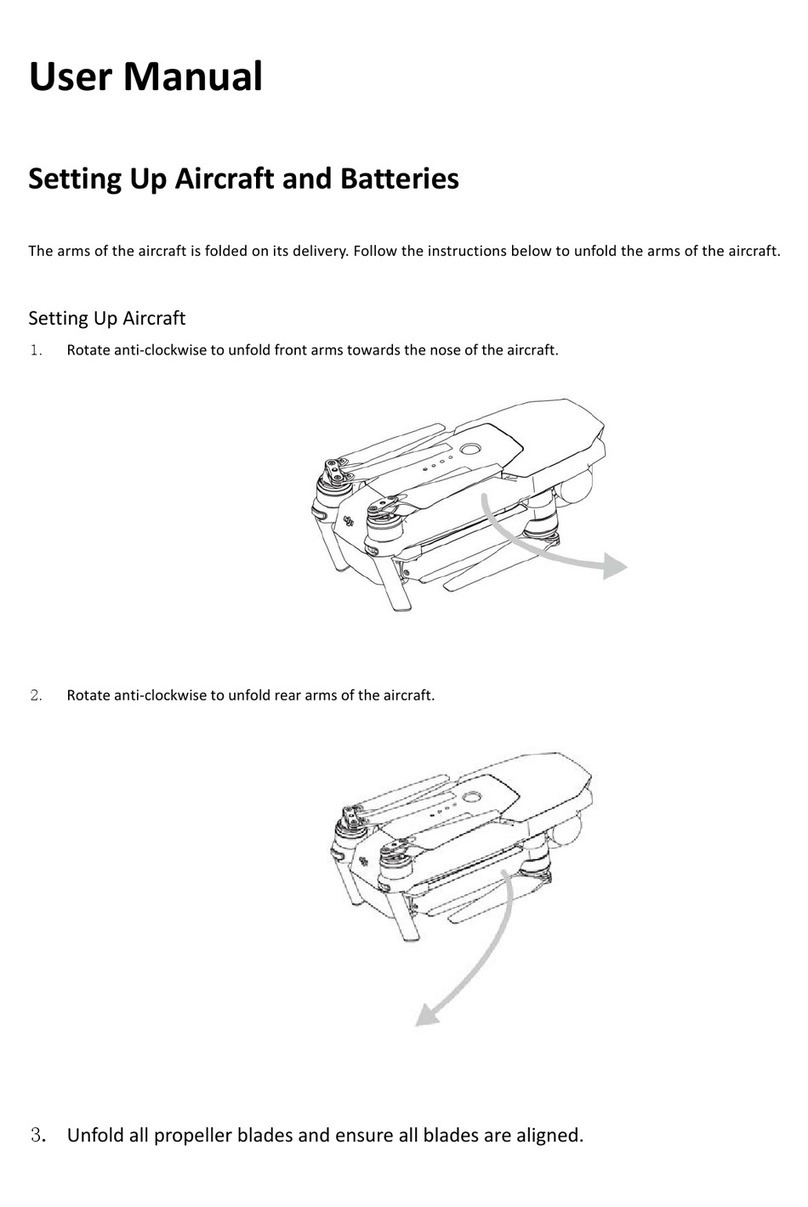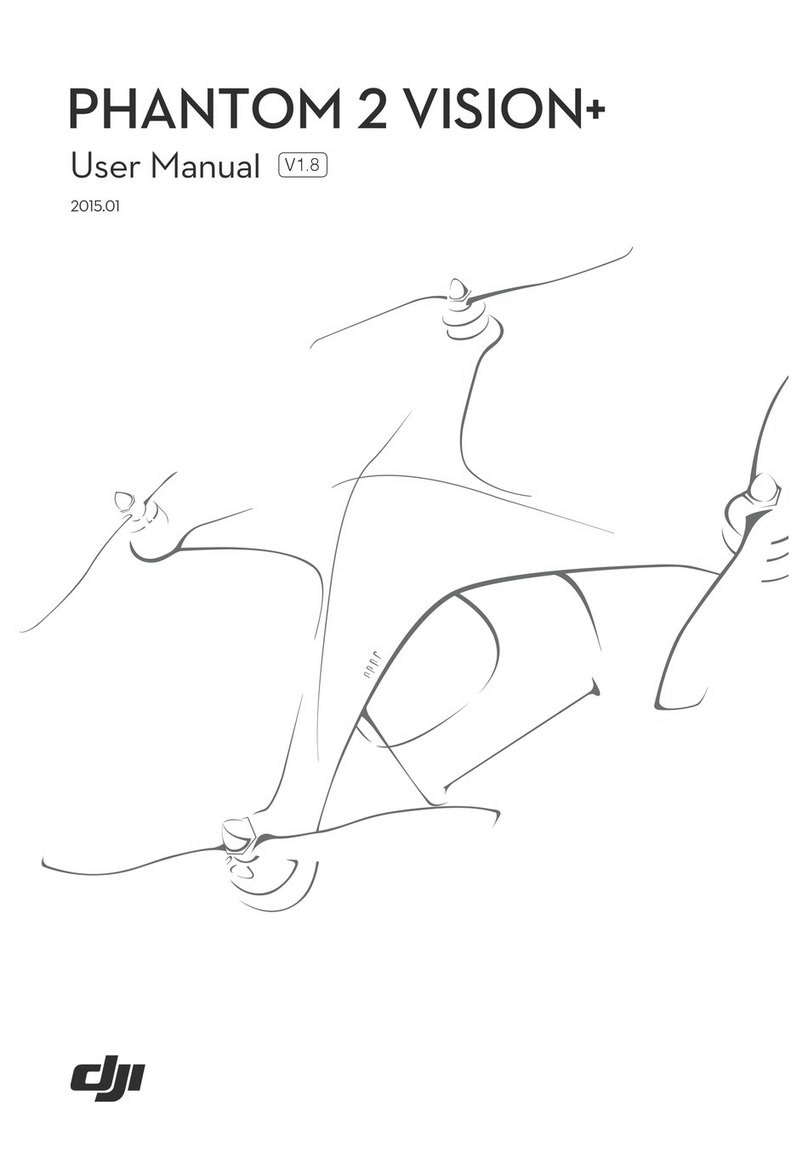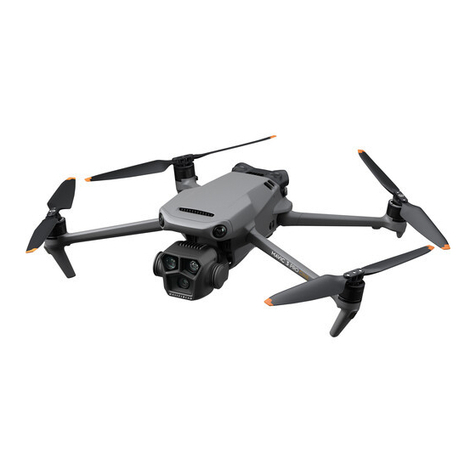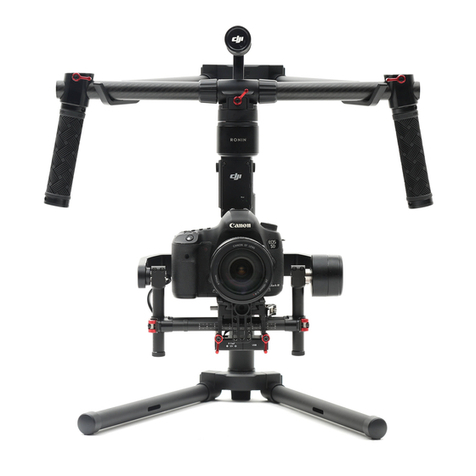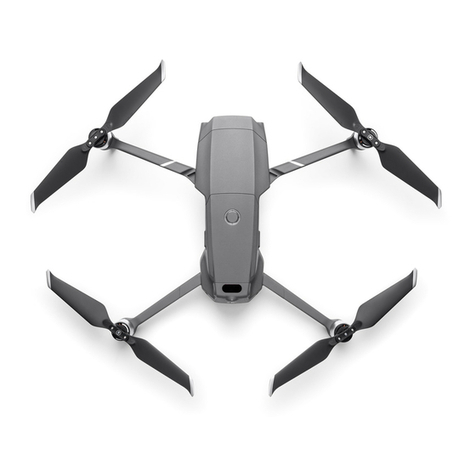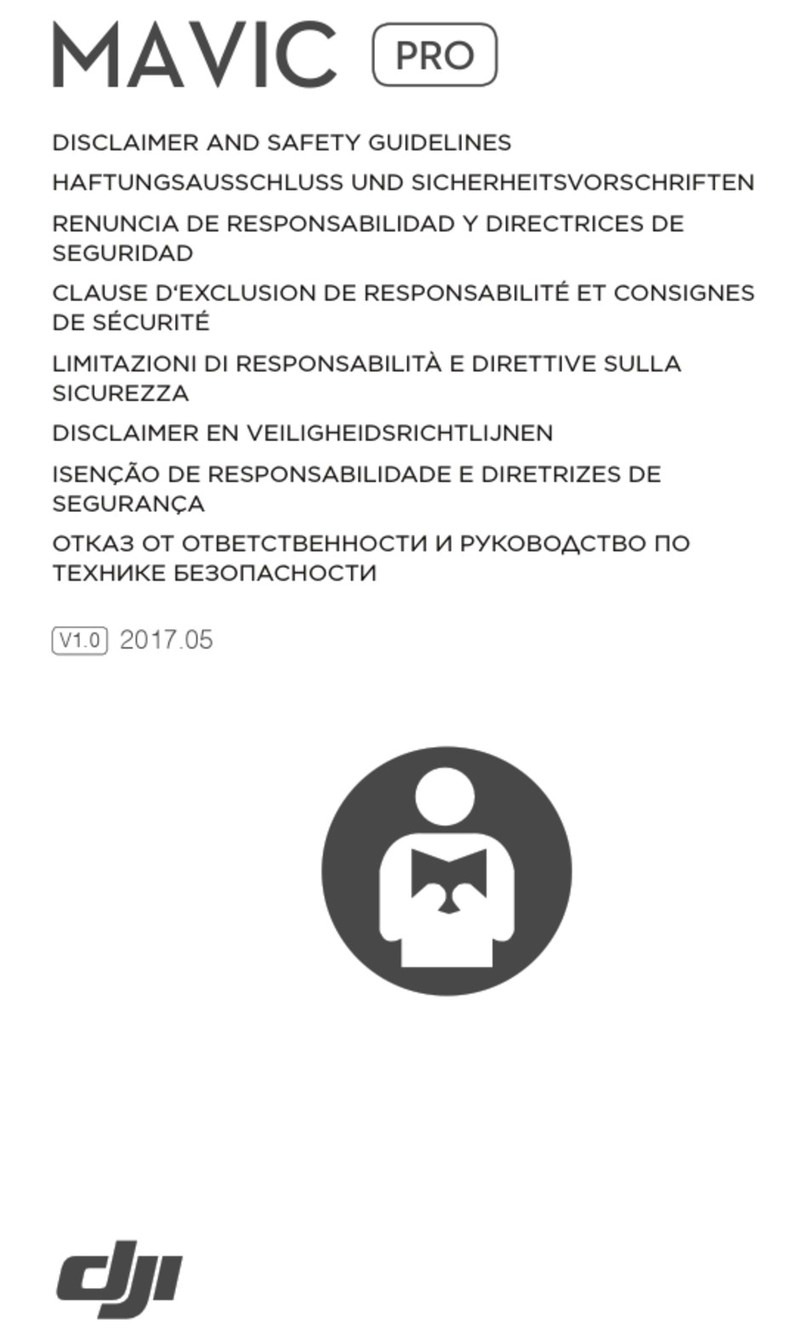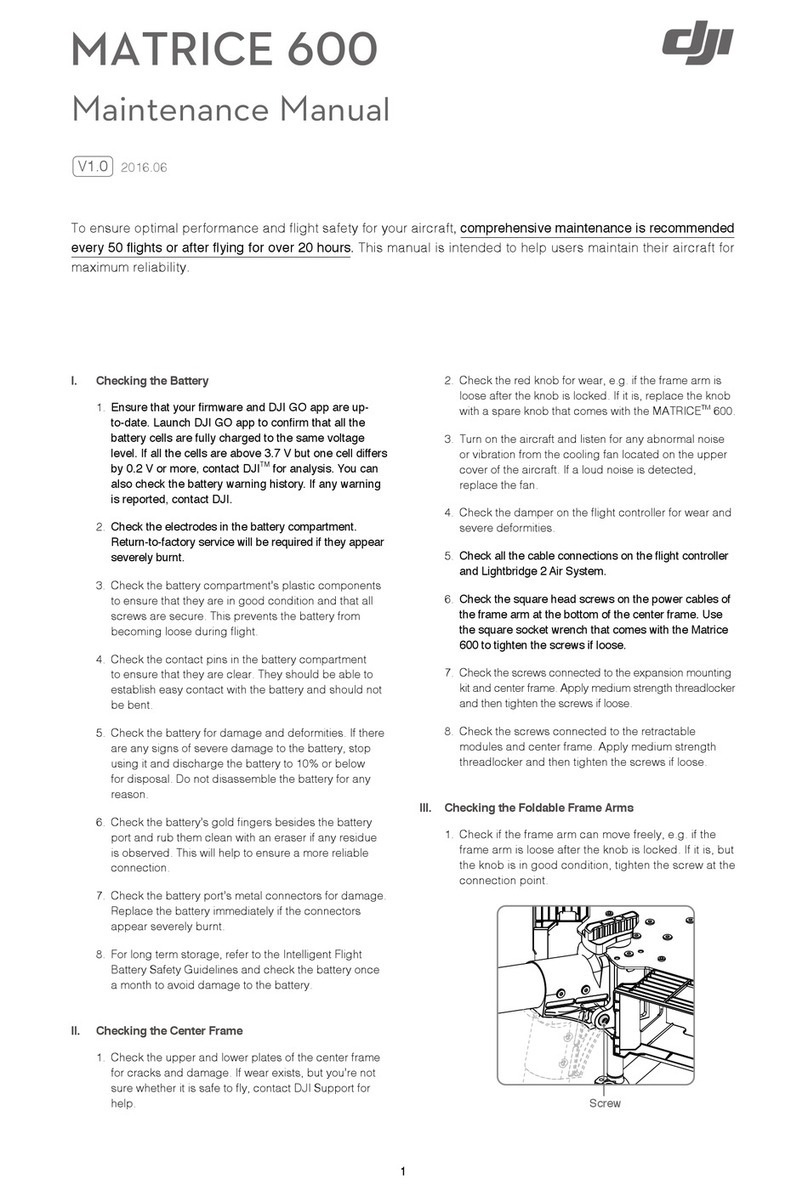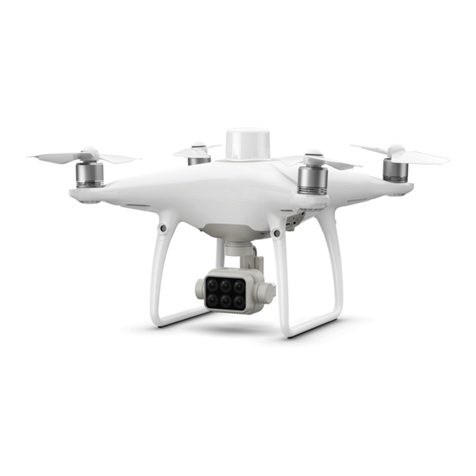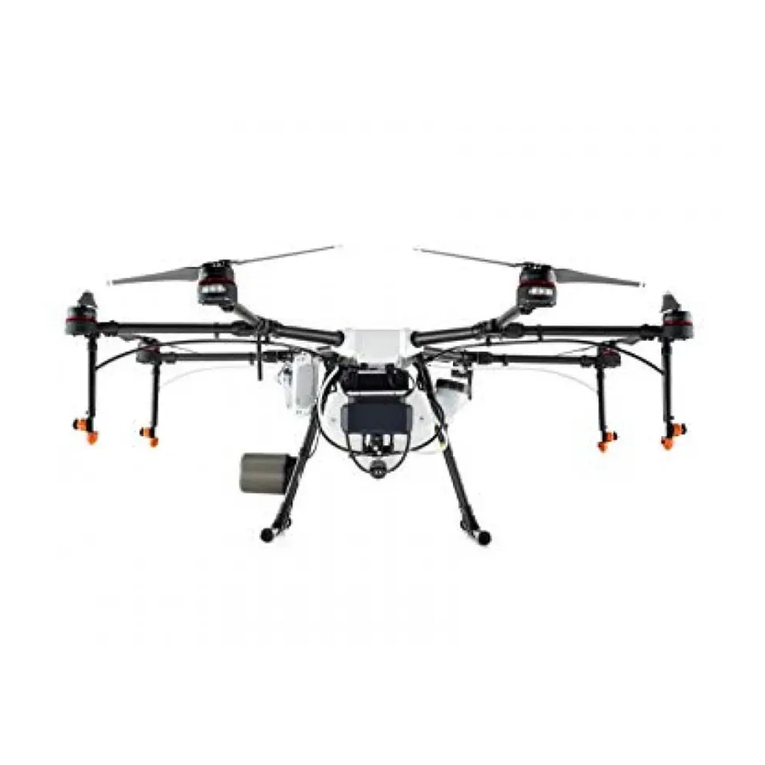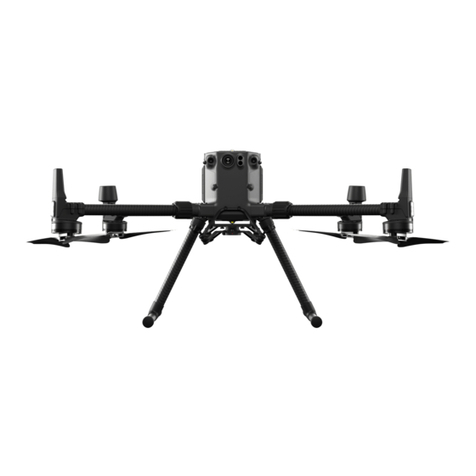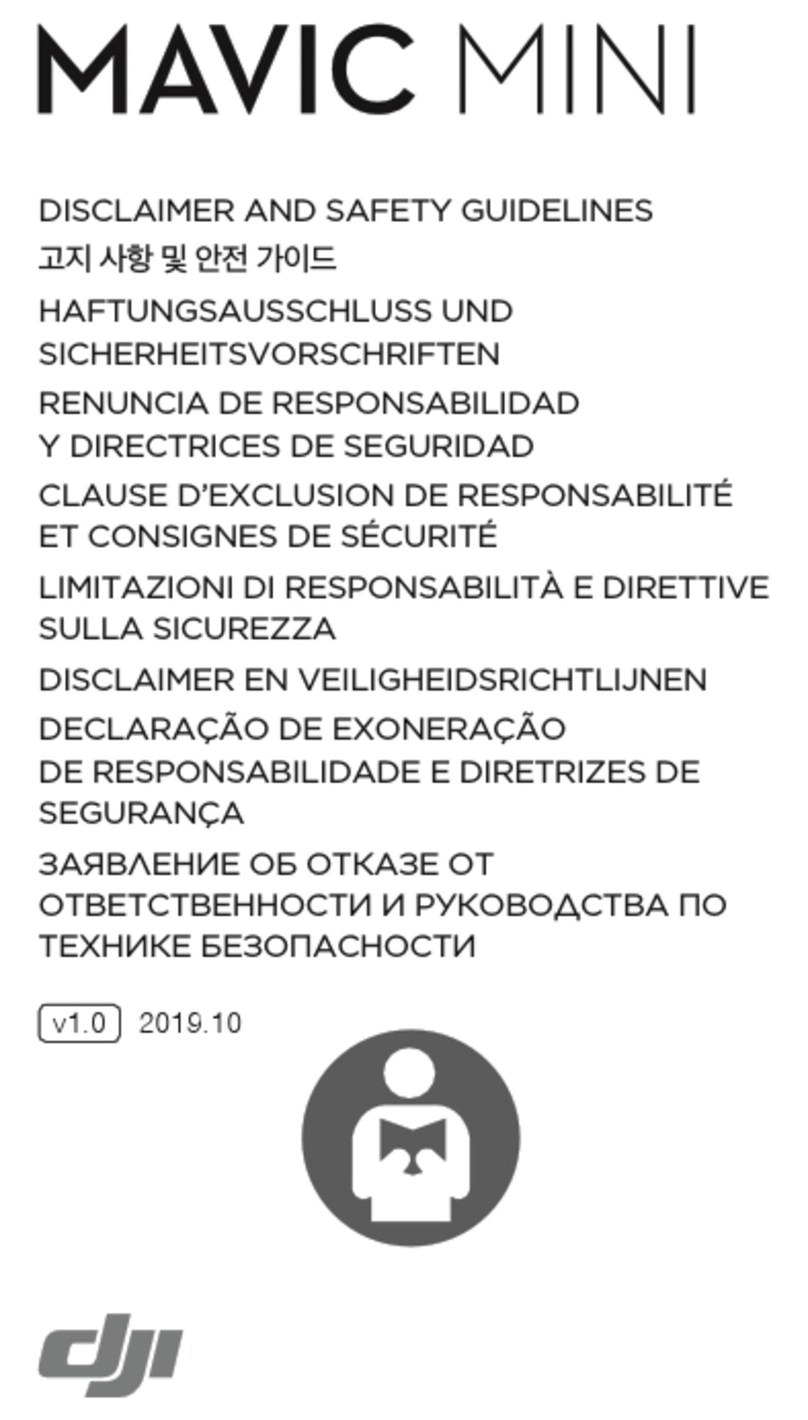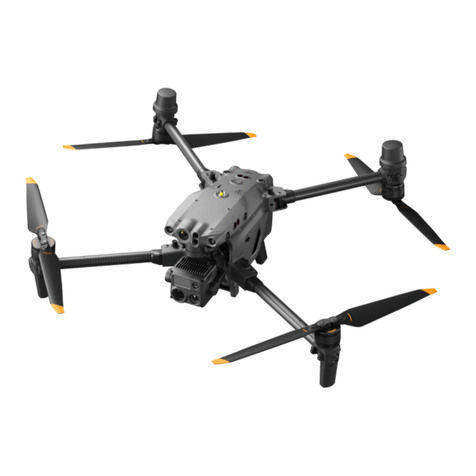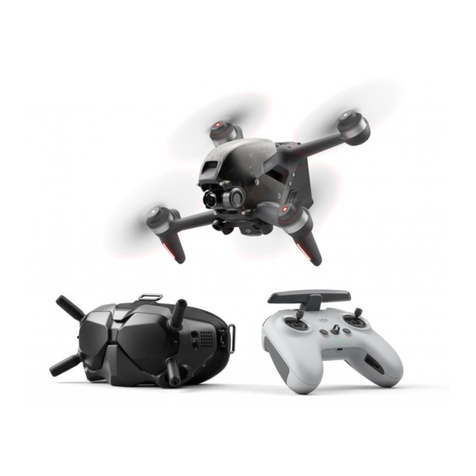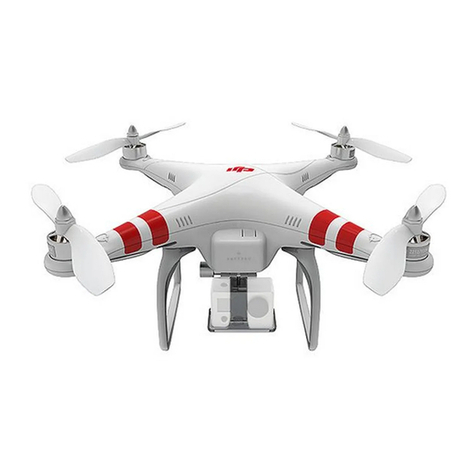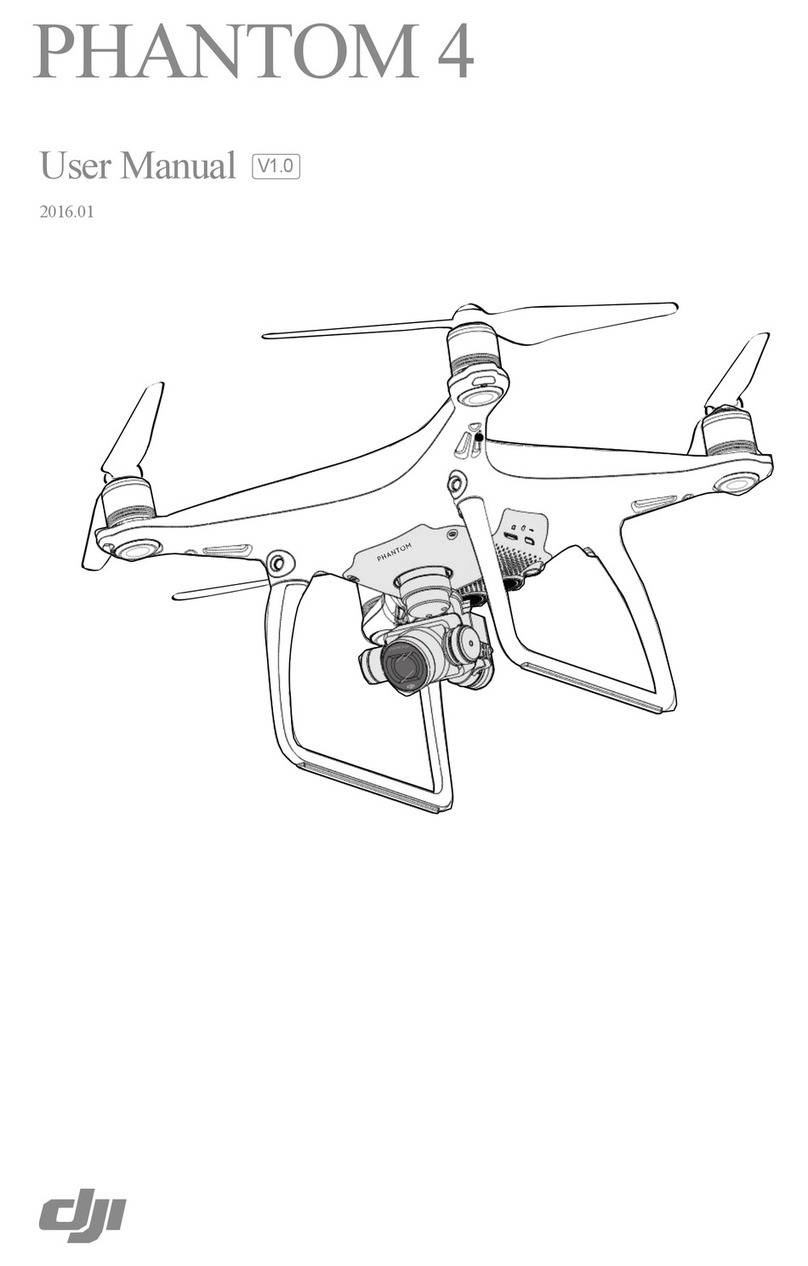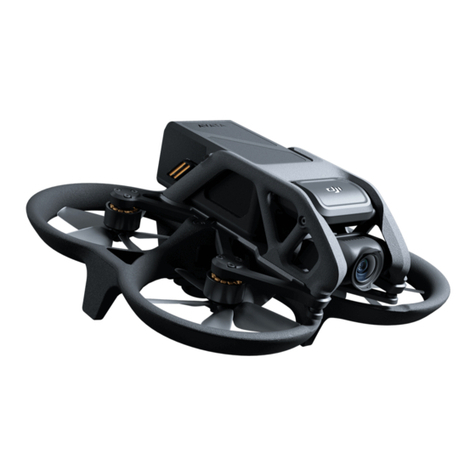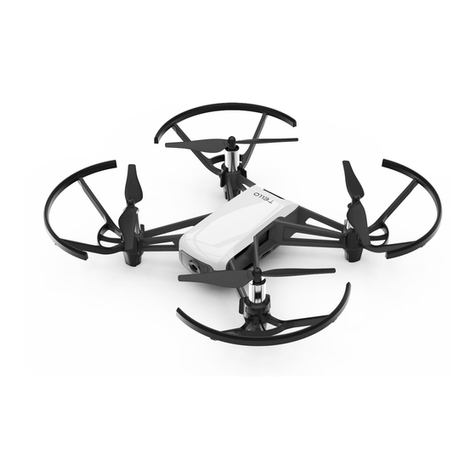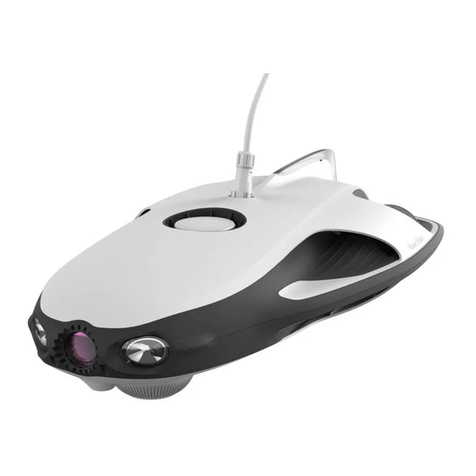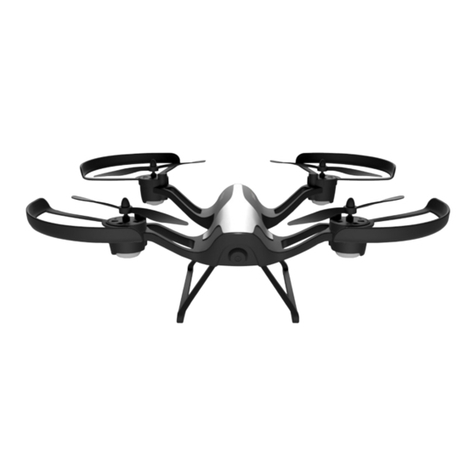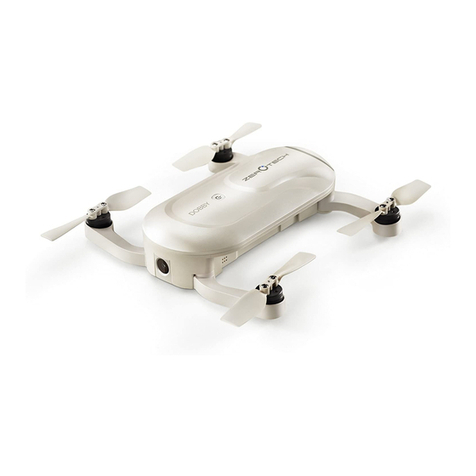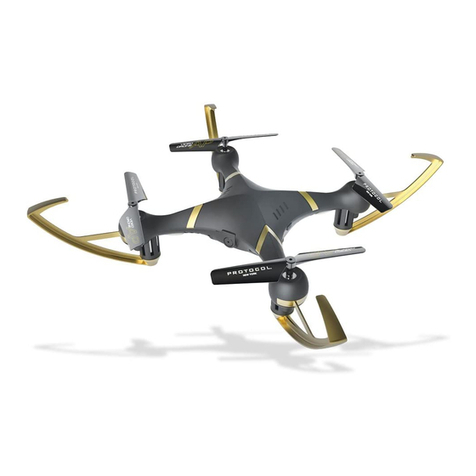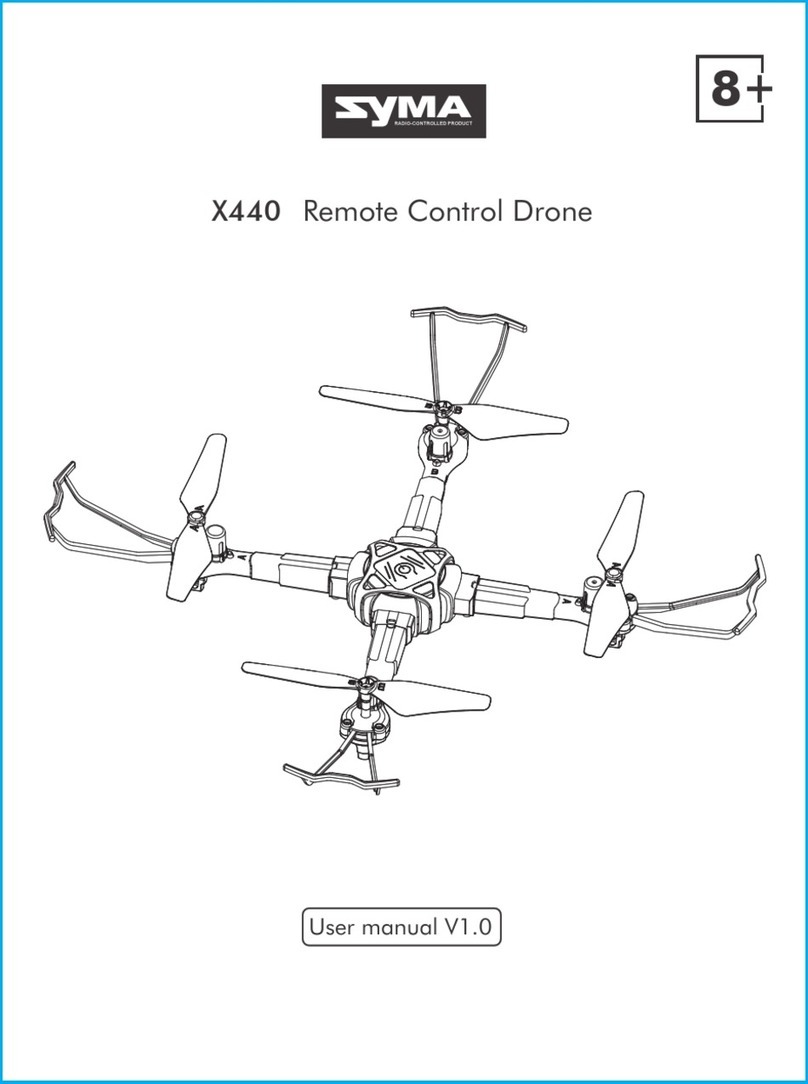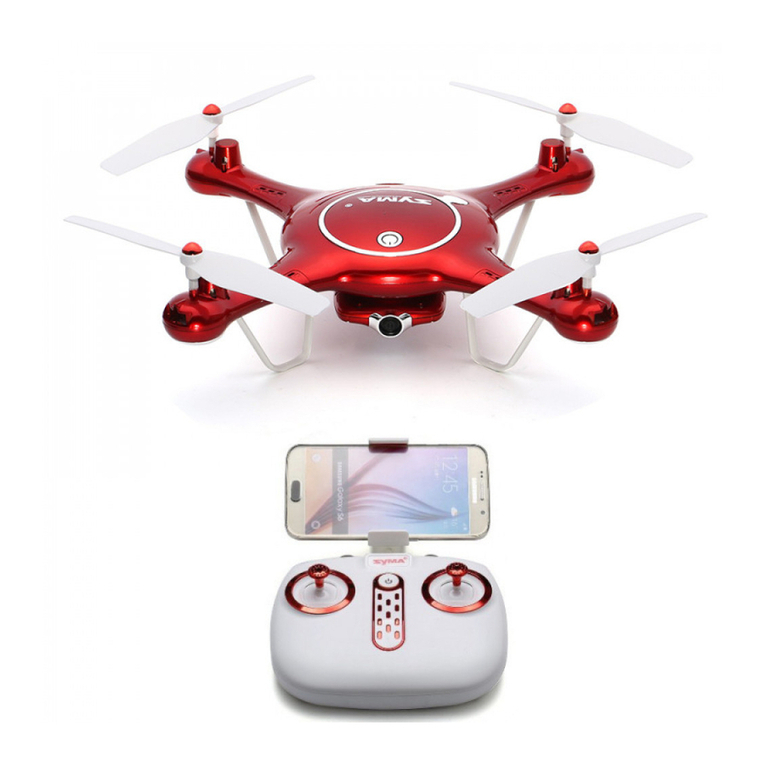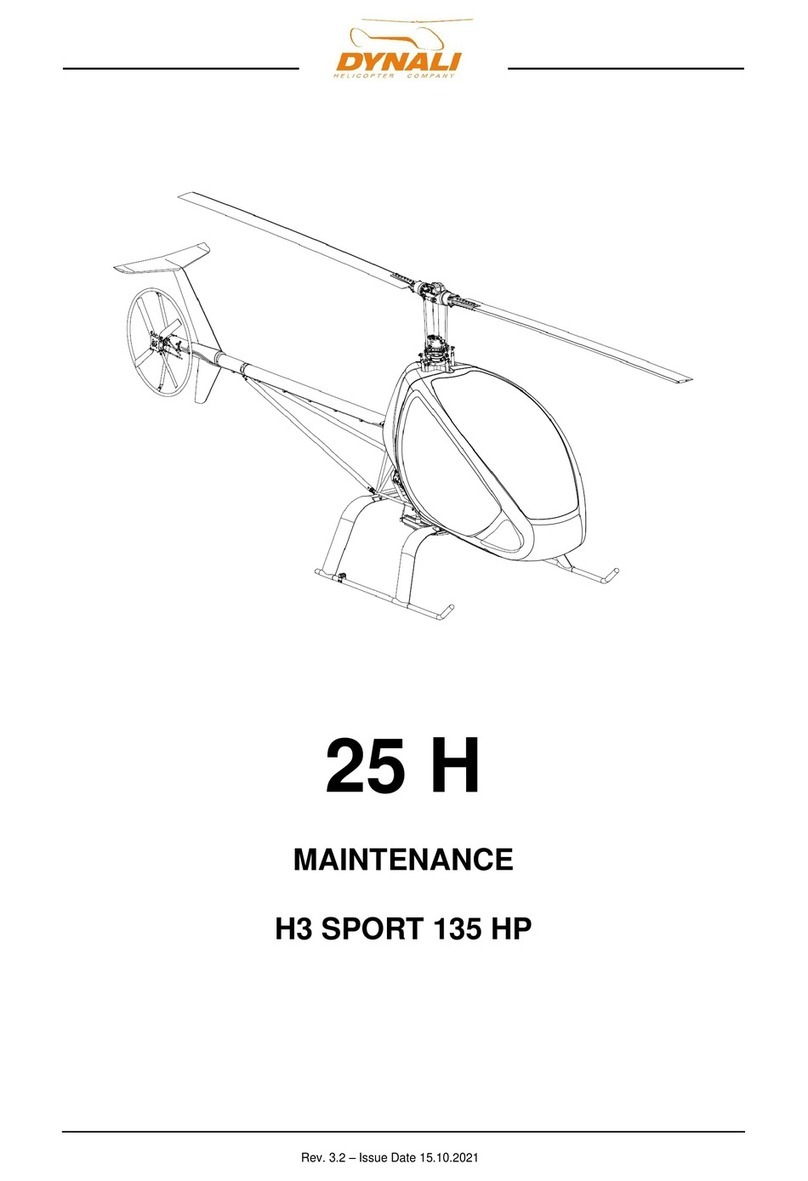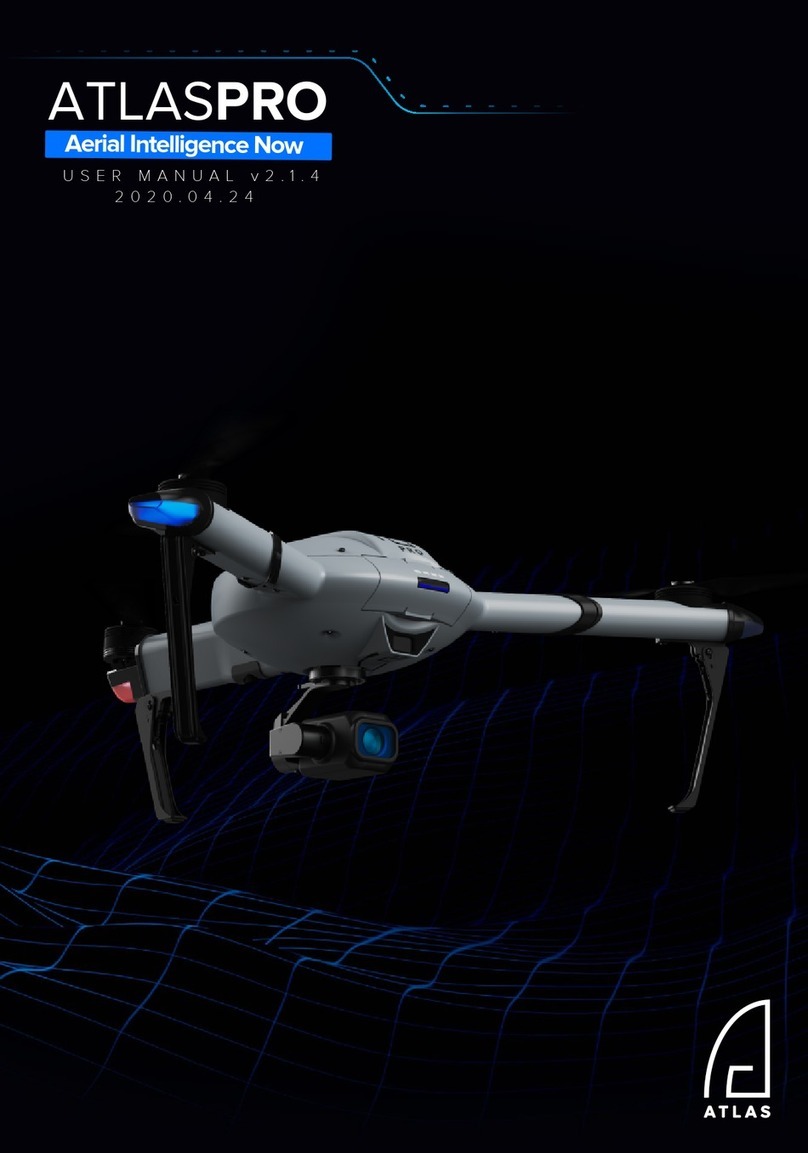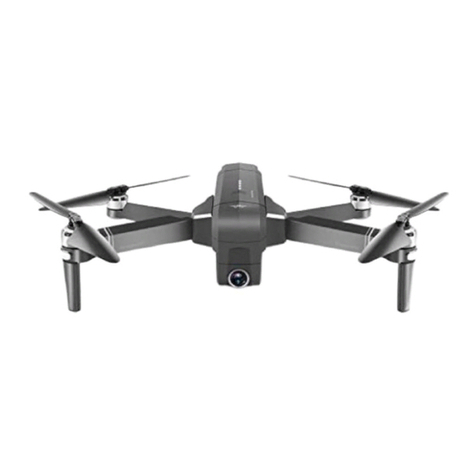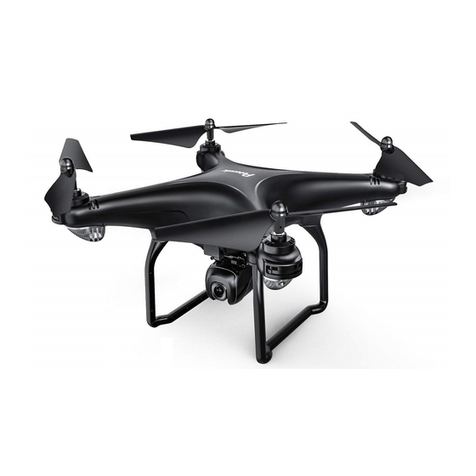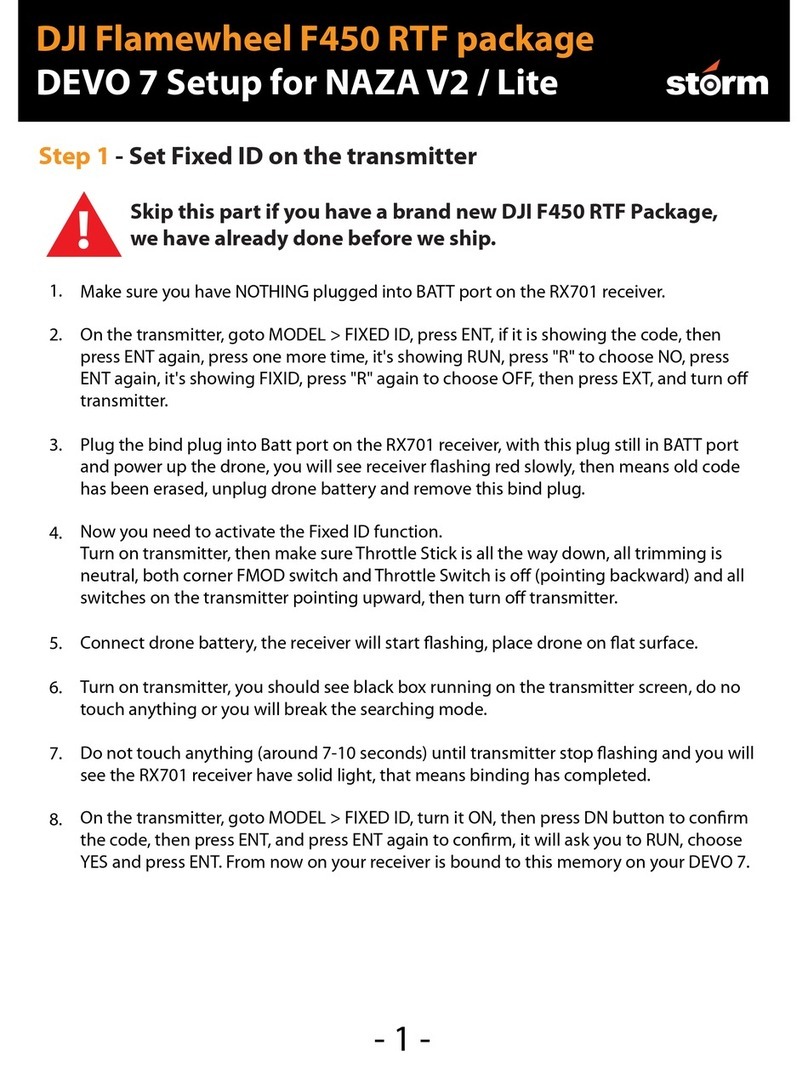
BRIGHTSKY DRONES
VOLUME 2 (MP)
Copyright © BrightSky Drones 2018
Acronyms & Abbreviations
General
It should be noted that the terminology related to RPAS operations continues to evolve and
therefore this Glossary is not exhaustive. The terms listed below are a combination of the
emerging ICAO definitions, other 'common use' terms which are considered to be acceptable
alternatives, and a number of ‘legacy’ terms. Whilst these legacy terms will continue to be
recognised, in the interests of commonality the use of the following terminology is advised.
The abbreviation ANO refers to the Air Navigation Order. CAP 393 Air Navigation: The Order
and the Regulations includes the ANO and the Rules of the Air Regulations.
NOTE
The terms ‘pilot’ and 'Remote Pilot' are being increasingly used worldwide (including ICAO) to
describe the person who directly controls an unmanned aircraft and that trend is reflected in
this document. It should be noted, however, that within the United Kingdom there are many
legal requirements in the Air Navigation Order applicable to ‘pilots’. These references,
however, apply only to pilots in the traditional sense i.e. persons on board and flying the
aircraft. There are at present no legal requirements setting out the qualifications needed to
control an unmanned aircraft; this work is still to be completed.
Abbreviations
Air Accidents Investigation Branch
Airborne Collision Avoidance System
Area of Intense Air Activity
Aeronautical Information Publication
As Low as Reasonably Practicable
Air Safety Management System
